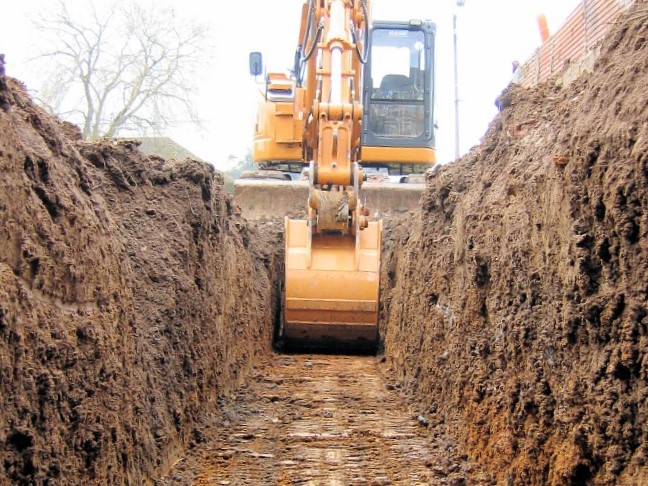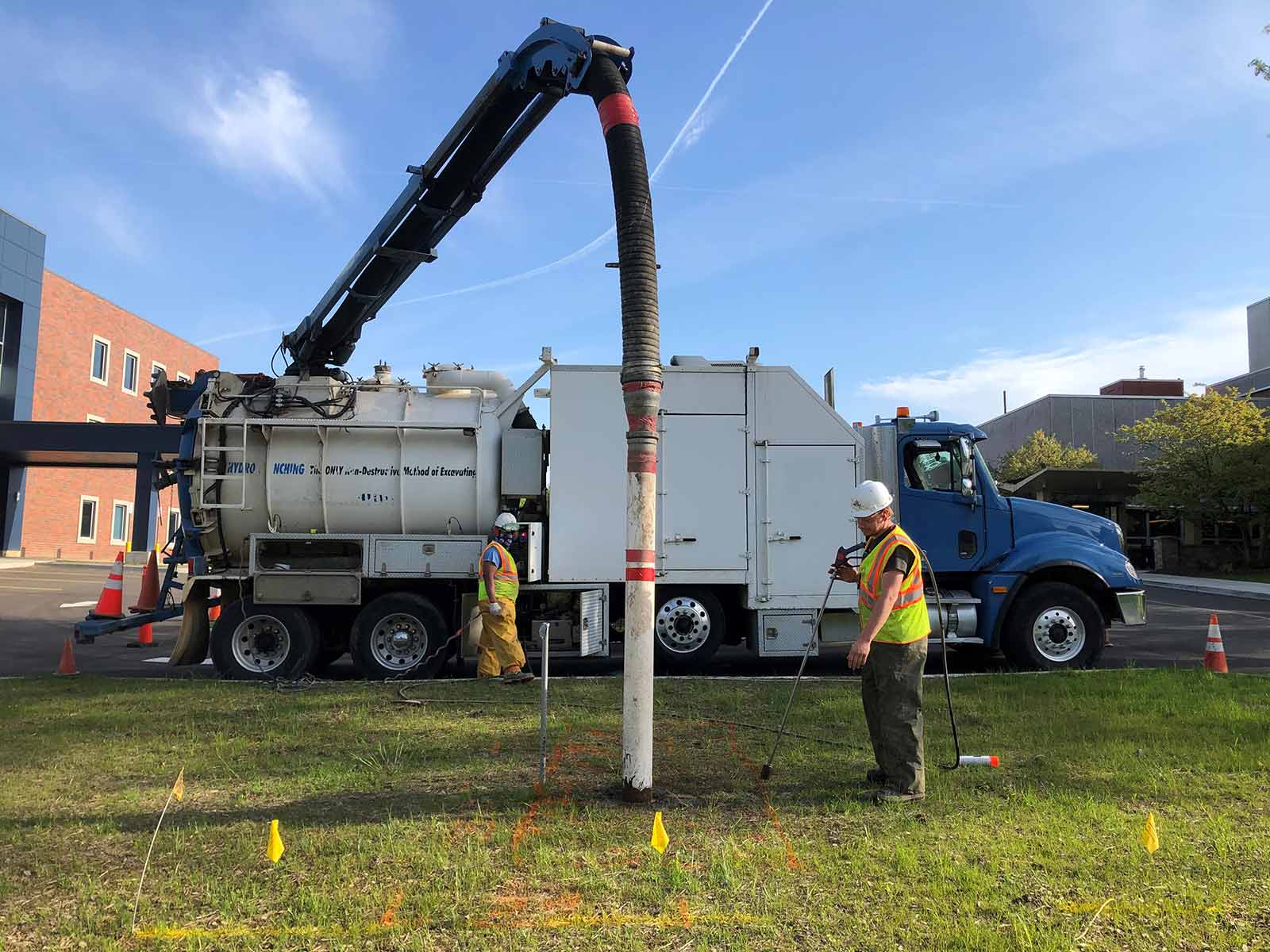Septic Ohio - Comprehensive Septic System Providers in Ohio
Septic Ohio - Comprehensive Septic System Providers in Ohio
Blog Article
Comprehensive Excavation Techniques: Mastering the Fundamentals for Success
In the realm of building and civil engineering, the significance of efficient excavation techniques can not be overstated. The mindful planning, precise execution, and thorough interest to detail called for in excavation projects require a comprehensive technique that incorporates numerous essential facets. From first dirt analysis to the execution of precaution and normal progress tracking, grasping these core components is crucial for accomplishing success in any excavation endeavor. The true mastery lies not simply in comprehending these principles yet in flawlessly incorporating them to browse the intricacies of excavation tasks with finesse.
Understanding Excavation Job Preparation

Effective excavation projects are improved the structure of thorough and extensive preparation. The first phase of any excavation task is the planning phase, where vital decisions are made that can substantially influence the end result of the project. During this phase, it is important to gather all pertinent information concerning the site, including topographical studies, dirt composition, and any type of potential risks that might exist. Recognizing the task timeline, scope, and budget restraints is essential for producing an extensive excavation strategy that makes certain the project's success.
One key aspect of excavation task planning is the development of a detailed timeline that lays out the sequence of due dates, tasks, and landmarks. By very carefully thinking about all these factors during the planning phase, excavation jobs can be carried out successfully and effectively, leading to effective end results - lancaster trenching.
Dirt Analysis and Site Assessment
Performing extensive dirt analysis and site assessment is a crucial action in the preparation phase of any excavation job. Soil analysis entails determining the structure, structure, and residential properties of the soil at the excavation website. This info is critical for comprehending the dirt's bearing ability, dampness material, and capacity for disintegration, which are key consider determining the excavation techniques and equipment needed for the task.
Site assessment exceeds dirt analysis and includes a wider analysis of the overall website problems. This evaluation consists of determining any kind of potential hazards, such as underground energies, environmental concerns, or unpredictable terrain, that could influence the excavation process. By thoroughly examining the site, job managers can create reliable excavation methods that focus on safety and security, effectiveness, and environmental protection.
Using sophisticated innovations like ground-penetrating radar, soil sampling, and drone surveys can enhance the accuracy and effectiveness of soil analysis and website examination. Investing time and sources in these initial steps can inevitably conserve time and avoid expensive delays or issues during the excavation process.
Tools Selection and Utilization
Efficient excavation jobs count greatly on critical devices choice and usage basics to guarantee ideal performance and efficiency. Selecting the best tools for the task is essential in maximizing efficiency and reducing downtime. Elements such as the kind of soil, deepness of excavation, and job scope play a significant role in determining the most ideal tools for the job at hand.

Along with choosing the appropriate equipment, proper utilization is key to project success. Operators should be dump truck companies in ohio educated to deal with the equipment securely and successfully - lancaster excavation. Normal upkeep checks and timely repair work aid stop breakdowns and guarantee constant efficiency throughout the project
Safety Procedures and Regulations Compliance
In the realm of excavation tasks, prioritizing precaution and conformity with regulations is paramount to making sure a safe and secure and legitimately sound functional environment. Precaution incorporate a variety of techniques, consisting of conducting detailed site assessments, carrying out correct signage and barriers, and providing ample safety and security training for all workers associated with the excavation procedure. Adherence to guidelines, such as OSHA demands in the USA, guarantees that the excavation task meets the needed requirements to shield workers, onlookers, and the surrounding environment.

Surveillance Development and Adjusting Methods
Just how can project managers properly track the innovation of excavation projects and adjust their approaches appropriately to maximize results? Surveillance development is essential for guaranteeing that excavation projects stay on track and meet due dates.

Conclusion
Finally, understanding the basics of extensive excavation methods is vital for the success of any kind of project. By recognizing job preparation, evaluating dirt and website problems, choosing suitable devices, adhering to security guidelines, and keeping track of progress, task supervisors can make sure a smooth and effective excavation procedure. Implementing these techniques will lead to successful results and minimize prospective dangers or problems throughout the excavation project.
The first stage of any type of excavation task is the preparation phase, where important decisions are made that can substantially affect the outcome of the project. Comprehending the job timeline, spending plan, and scope constraints is crucial for creating a comprehensive excavation strategy that ensures the project's success.
Exactly how can project managers successfully track the advancement of excavation projects and adapt their approaches accordingly to maximize outcomes? By very closely monitoring progress and being willing to adapt methods, task supervisors can boost the general success of excavation jobs.
By understanding task preparation, examining soil and site conditions, picking proper equipment, conforming with security guidelines, and checking progression, job supervisors can make sure a smooth and effective excavation process.
Report this page